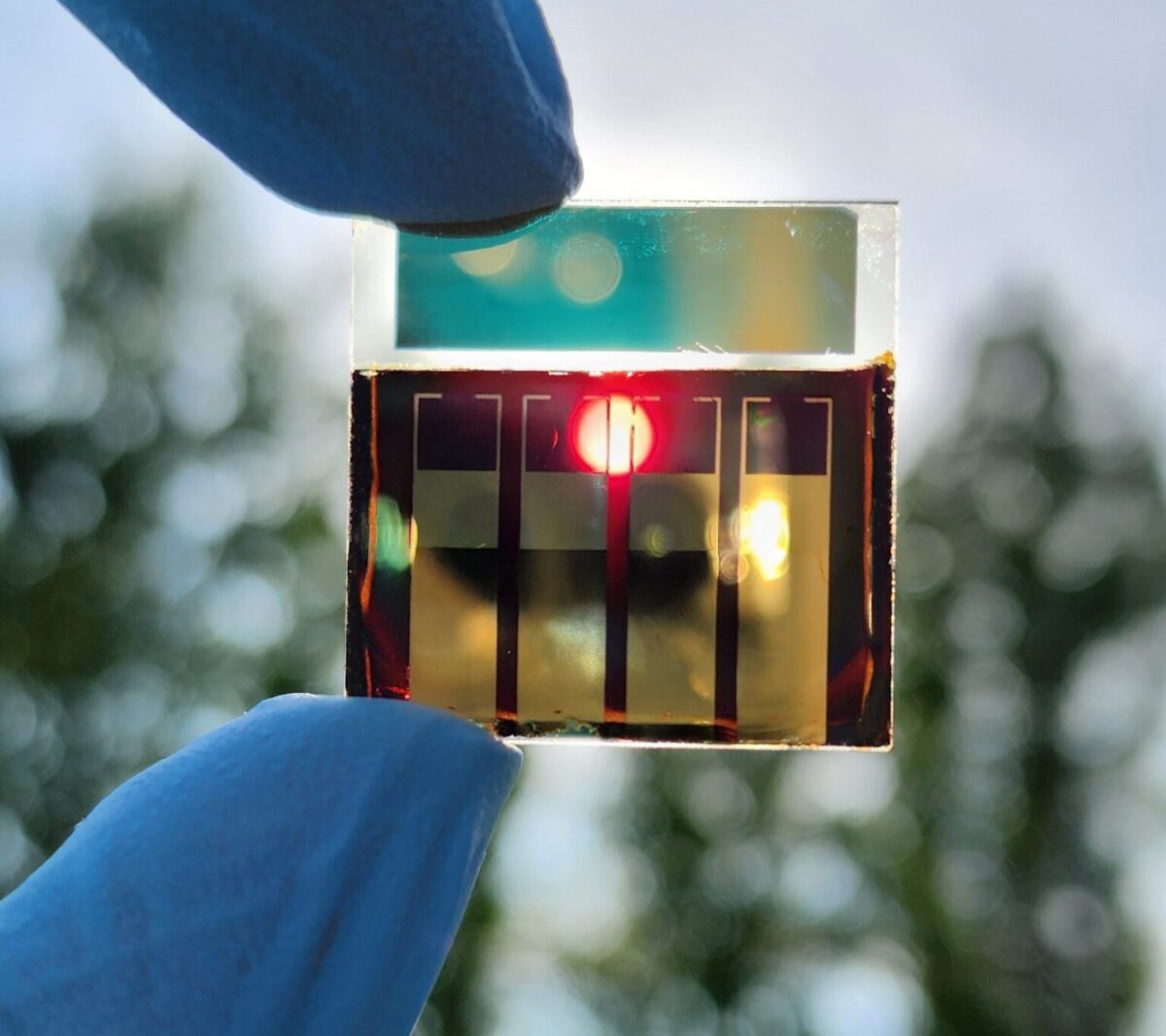
Scientists at the Korea Institute of Energy Research claim to have achieved the highest efficiency ever reported for a perovskite-CIGS tandem solar cell with flexible, lightweight architecture. The device was also found to achieve “excellent” durability.
The Korea Institute of Energy Research (KIER) announced it achieved a power conversion efficiency of 23.64% for a tandem solar cell based on a top perovskite device and a bottom cell based on copper, indium, gallium and diselenide (CIGS) technology.
The result represents a world record for lightweight, flexible tandem perovskite-CIGS devices, the research group said, without specifying if it was confirmed by an independent third-party entity.
“The lift-off process developed by the research team involves coating a polyimide layer onto a glass substrate, fabricating the perovskite-CIGS tandem solar cell on top of it, and then separating it from the glass,” the institute said in a statement.
“Unlike conventional methods that use flexible polyimide film directly as the substrate, this approach utilizes rigid glass as a supporting base, allowing for more stable fabrication of the solar cells. The use of a flat, rigid glass substrate also ensures uniform layer deposition, leading to improved device performance and higher reproducibility,” it went on to say.
The proposed manufacturing technique reportedly avoids potassium diffusion from the glass substrate into the CIGS light-absorbing layer, which can create defects in the CIGS absorber. This was achieved by coating the glass substrate with a polyimide layer coated on the glass substrate could suppress potassium diffusion.
Tested under standard illumination conditions, the tandem cell also showed “excellent” durability. “After conducting 100,000 bending cycles, the solar cells maintained 97.7% of their initial efficiency,” the academics said.
“The power-to-weight ratio of the fabricated solar cell is approximately 10 times higher than that of perovskite/silicon tandem solar cells, making it highly promising for applications in fields that require ultralight solar modules, such as building exteriors, vehicles, and aerospace.” said the research’s lead author, Kihwan Kim.
The device was presented in the paper “Flexible and lightweight perovskite/Cu(In,Ga)Se2 tandem solar cells,” which was recently published in Joule.
This content is protected by copyright and may not be reused. If you want to cooperate with us and would like to reuse some of our content, please contact: editors@pv-magazine.com.
Source link


